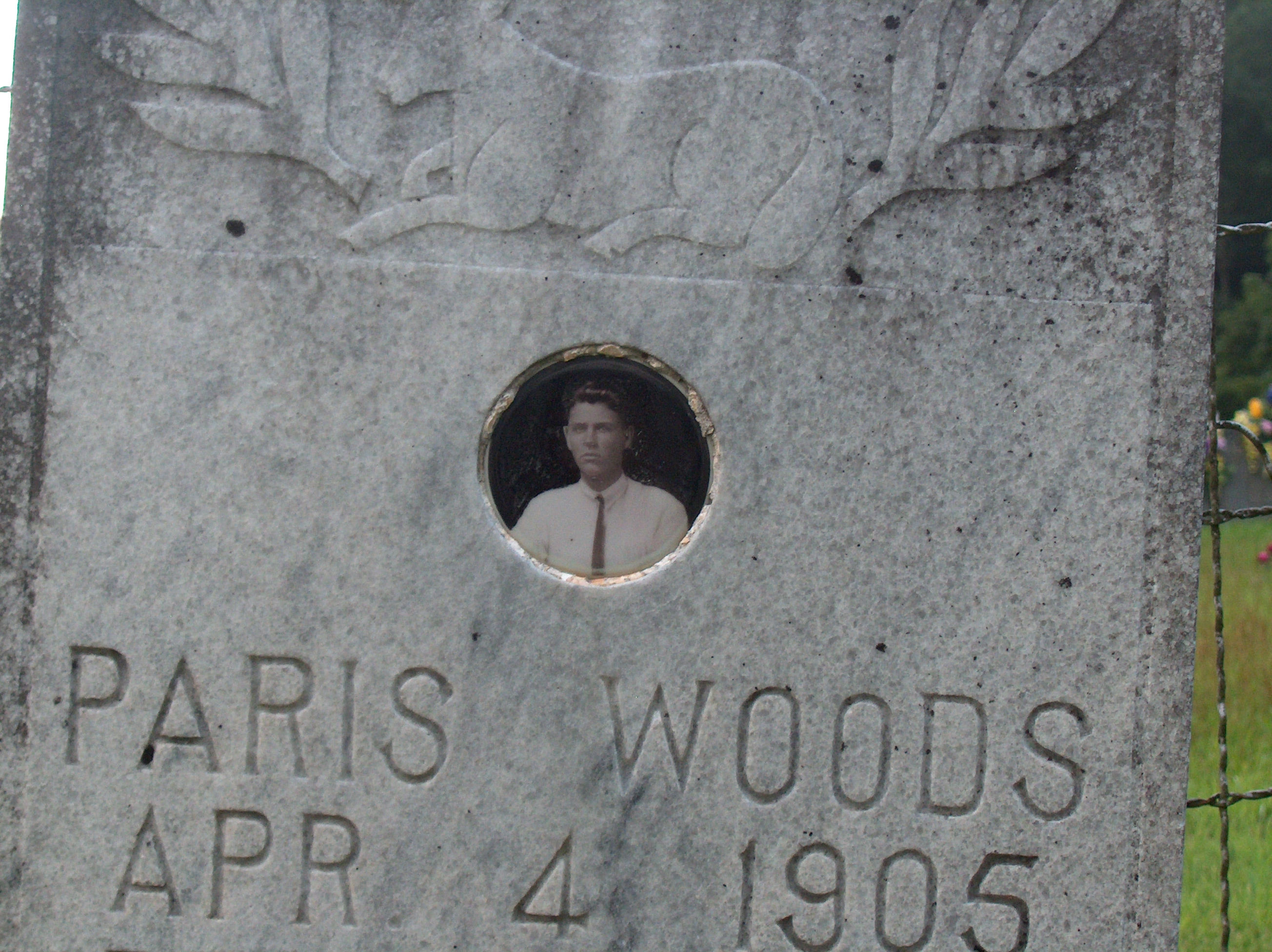 To the average person cemeteries can represent a place to completely avoid, revere, find solace or perhaps a little of all that depending on the mood. But to a genealogist, a cemetery represents a place where significant family information can be discovered.
To the average person cemeteries can represent a place to completely avoid, revere, find solace or perhaps a little of all that depending on the mood. But to a genealogist, a cemetery represents a place where significant family information can be discovered.
For me, even before becoming a genealogist, graveyards were most definitely a place strongly associated with family. Possibly because my mom took my brother and I to cemeteries so much as children to visit relatives who had passed away. Later as a young woman, I gained an additional insight into graveyards after working with a land surveyor laying out new cemetery plots.
But it wasn’t until I entered a cemetery with a genealogist’s driving passion for knowledge did I come to truly appreciate what the cemetery offers. Initially I focused on taking photos and transcribing the information etched into each ancestor’s stone. And for those family members whose graves were not local, I at first settled with viewing and collecting photos I found online. Throughout the first year or so of building my tree, I did not truly understand why I needed to go to the actual site.
As I got deeper into my research and added new people to our tree, I came to gain a better idea of the true importance of actually visiting your ancestor’s grave. Not only did visiting the site where family last gathered to honor the passing of someone’s life offer a type of connection, but I could sometimes find additional clues to their past.
The first time I realized I needed to be more perceptive about picking up on these clues was when I returned from a trip to Tennessee where I photographed many graves of family from my birth father’s side. I was having a hard time finding the parents of my 2x great-grandmother, Laura Belle Lawson Hatmaker. At this time, not enough records were online yet to pinpoint the right family. I happen to have the photo of her grave up (the one you can see posted with this article) when my husband pointed out the grave nearby that said “Mother.” While in the graveyard, I had been so focused on just getting the pictures that I didn’t notice that the proximity of the two headstones and the designation of “Mother” on the grave might have meant this woman was Laura’s mother. As you can see from the headstone, it also had the maiden name of Laura’s mother, Cyntha Stanfield Lawson as an added bonus.
So because of this along with some other things I’ve learned along the way, I would suggest the following tips for researching family history in the cemetery:
Tips for Researching Family History in the Cemetery
Take some time to see who is buried close to the graves of your family.
Take close up photos of family headstones, but also take some photos of the general area making sure to capture other headstones nearby.
Look for clues on headstones that offer additional information about a person’s life such as symbols designating memberships in societies or titles indicating professions.
Take note of any marriage dates or information indicating military service that can be used later to look up related documents.
Take note of middle names as sometimes these are actually maiden names.
Some graves have photos of the deceased embedded in the stone providing you the opportunity to see what they looked like.

Seek out and take photos of graves of extended families. (I found my 2x great grandmother in my adopted family this way – she had been buried with my great grandmother’s sister.)
Make sure to look on all sides of monuments – sometimes information for more than one person is included on the same stone. And if they are on the same stone, most likely they are related.
Look for information indicating birthplace. For example, some older headstones of Irish immigrants include the county or place of birth in Ireland for that person.
Before visiting the cemetery, contact the local genealogy group to see if they have listings of the graves and plots of the site so you can better target specific graves.
Use tools like Google Maps to get directions or to look over the layout of the cemetery before going. You can also print out maps to bring with you and highlight the graves on the map that you plan to photograph.
If possible, meet the sexton – he may know family stories, local history, or have additional information in his records that might supplement your research.
Bring clippers to clear away grass from the stone so you can get a better photo. Be careful to use only non-destructive tools.
To get a better photo, you can bring a mirror to reflect light as needed or use a wet sponge to lightly dampen the letters to make them more visible.
Don’t expect for family members to always have been buried next to each other. Even husbands and wives can be found buried apart from each other or even in different cemeteries.
And of course, be respectful and careful while in the cemetery and in walking around and photographing the headstones.
[Edit: 7/11/2020 – after having my DNA tested I realized that those who I thought were on my paternal, bio side actually were not. Therefore, the relationships to me expressed in this original post are no longer correct. However, I have left the post up in case the other information is useful to anyone.]